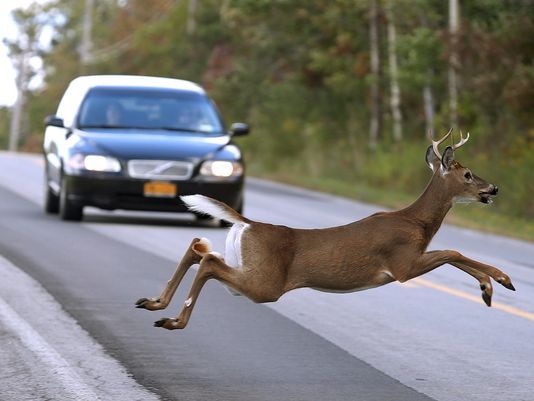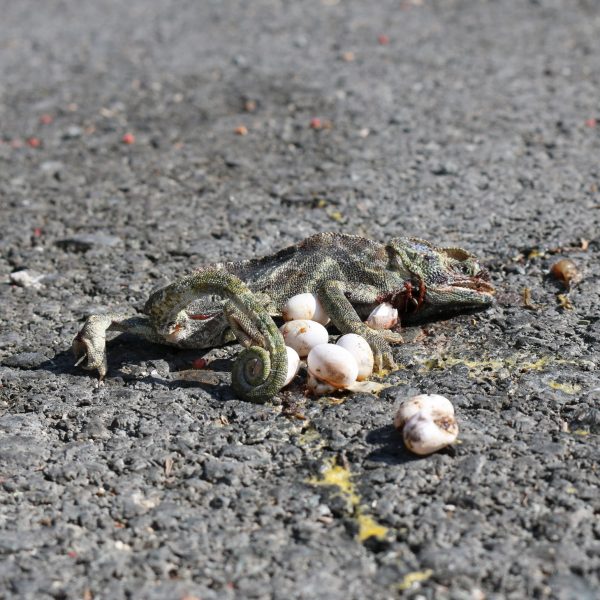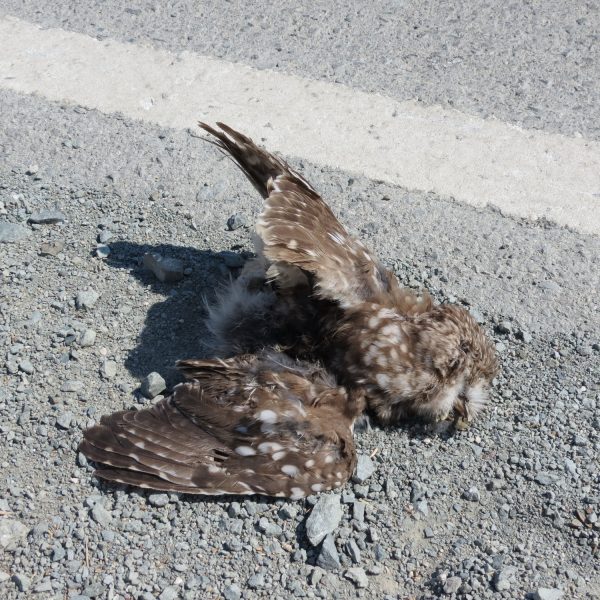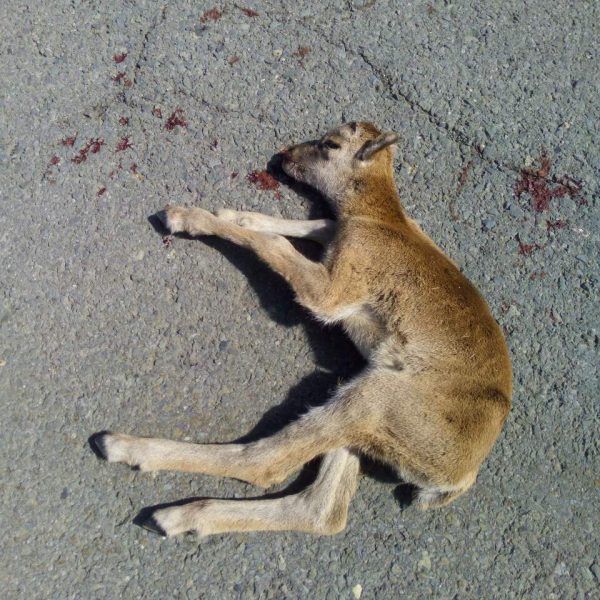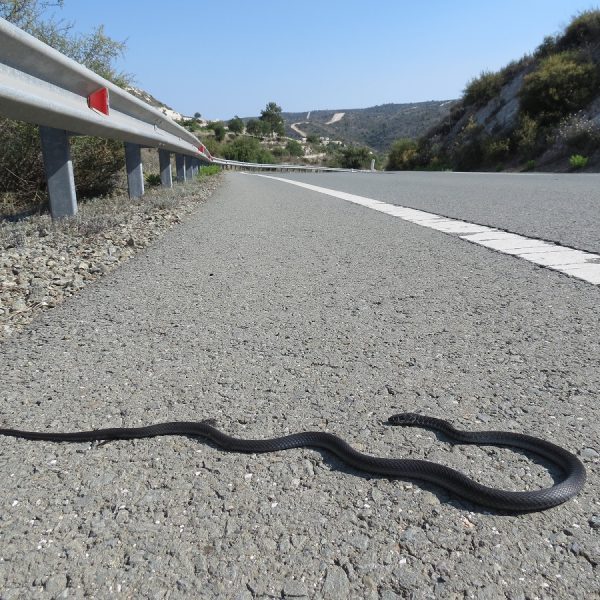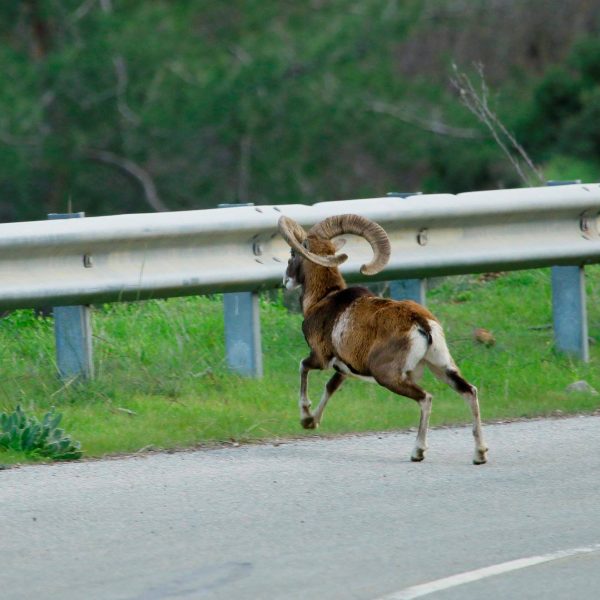The term Roadkill describes the remains of an animal or animals killed on the road by motor vehicles. (American Heritage® Dictionary of the English Language, Fifth Edition. (2011)). These animals are victims of a so-called Animal-Vehicle Collision (AVC), or Wildlife- Vehicle Collision (WVC) (Van der Ree, Smith, & Grilo, 2015).
These phenomena represent a serious environmental, socioeconomic, health and traffic issue all over the World (Conover et al. 1995, Groot- Bruinderink and Hazebroek 1996, Forman and Alexander 1998, Coffin 2007), killing thousand and injuring tens of thousands of people annually throughout the world (Bissonette and Kassar, 2008 Gordon 2009).
Roads and traffic have an impact on wildlife in a variety of ways. In some animal populations, they enhance mortality, limit mobility, fragment populations, and decrease habitat amount and quality, resulting in a limitation on food, shelter, and space availability, all fundamental to species’ survival’ (Grillo et al. 2010). Wildlife Vehicle Collision represents one of the most emerging human wildlife conflicts and most important factor contributing to human- nature coexistence (Grilo et al. 2009,2010, Blackwell et al. 2016). All over Europe 10 to 100 million birds and mammals were killed in traffic accidents each year (LIFE Strade, 2015)
Accidents with animals are related to three main categories. They are human or driver related, animal related or accident site related (Christie & Nason, 2003).
Teaching and training people about this issues and raising public awareness about the local AVC situation, will contribute in future to reduce the AVC number in the EnVeROS partner areas.
